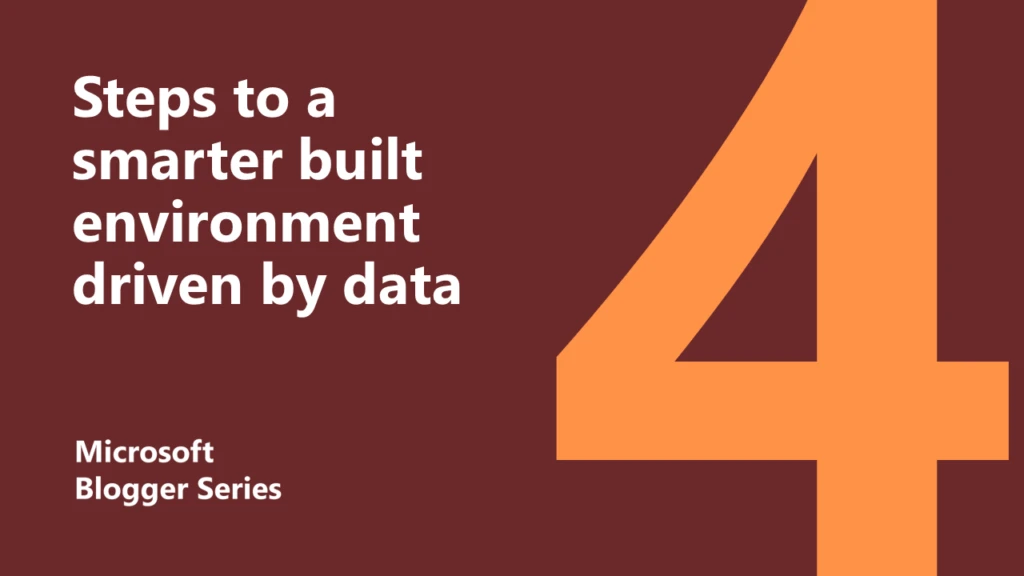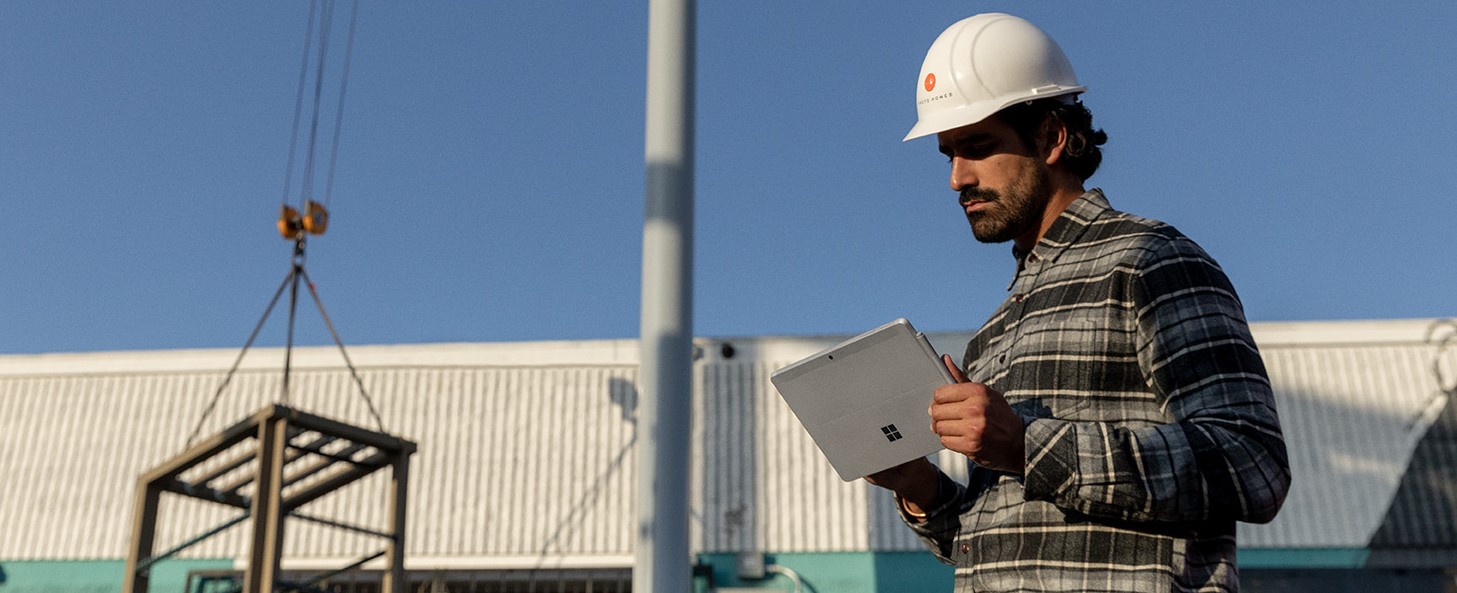
Four quick wins to make your built environment firm smarter
Built environment firms are increasing their profit margins by directing their digital efforts to where they count most.
To rise to today’s challenges, successful businesses across architecture, engineering, construction, and facilities management are making changes at their own pace to build resilience and become future-proof. They are accelerating their digital investment plans through targeted data-driven modernisation.
By delivering a high volume of marginal gains — even lots of 1% improvements — firms can make a big change to their recovery in these uncertain times.
Are you ready for the rebound?
While the impact of COVID-19 means the future is uncertain, there is optimism that the built environment industry will rebound.
The Construction Leadership Council anticipates recovery will happen slowly but surely, with lost output requiring around two years to bounce back and most of the recovery taking place in 2021. When recovery does come, firms need to make sure they’re best positioned to capitalise on new opportunities.
The McKinsey Global Institute’s Industry Digitisation Index found construction to be among the least digitised sectors in the world, being second from the bottom – just ahead of agriculture. Low levels of digitisation are hurting built environment firms’ potential for economical growth, contributing to an annual productivity increase of just 1% over the last 20 years. Adopting digital technologies across the sector has the potential to transform productivity, with efficiencies estimated to be worth £7-15 billion per annum.
Many players have already made their move to put digital technologies to work. Arup’s CIO says COVID-19 took their thinking around cloud technology “from opportunity to necessity”, accelerating their deployment by as much as a year.
Modernisation often means playing the long game but that doesn’t mean you can’t create impact in the short term.
The way to a smarter built environment
Make transformation happen for your organisation faster and accelerate your time to value.
Where it isn’t suitable to leverage new enterprise applications — due to budget, timescale, or business fit, firms already on a modernisation journey join up their existing technology, drive innovation from within and empower employees across their organisation with the ability to develop new capabilities. They deliver increased flexibility and innovation through incremental gains rather than big projects.
To put this smart approach into context for your firm, here we explore four quick win examples of targeted data-driven transformation. Each quick win is enabled through the Microsoft Power Platform — a drag and drop low-code development platform without limits on growth and scalability.
Quick win 1: Automate outdated manual tasks
Boost business productivity by giving everyone the ability to automate manual administrative and organisational processes, saving employee’s time and costs.
Automation can play a significant role in modernising business processes, but changing the outdated doesn’t have to be daunting. Microsoft Power Automate fast-tracks automation with templates, making streamlining repetitive tasks and turning processes paperless quick and easy.
With Power Automate, time-consuming tasks, such as contract approvals, can be automated using pre-built templates and a trigger system that sets off a chain reaction of tasks, so your employees can focus on bigger, strategic objectives.
Quick win 2: Promote a culture of innovation
Foster innovation across your organisation by empowering business users with the ability to build low cost solutions that can analyse data, build new capabilities, automate processes and create chatbots, through easy-to-build and quick to deploy applications.
Microsoft Power Apps enables your most talented and knowledgeable employees to solve your most pressing day-to-day business challenges, while reducing time to market and increasing the potential value of new digital capabilities. With the use of pre-built templates and drag-and-drop simplicity, continuous improvements can also be easily rolled out. This can help you to quickly adjust solutions to meet your business goals over time or react to changes in the wider industry, such as returning to the workplace safely under the latest regulations.
Through using Microsoft Power Apps, PCL built Job Site Insights – a construction management app to assist with the tracking of project costs, quality metrics, employee schedules and inspections. It gives site managers a valuable single-pane view of all aspects of work at a job site allowing them to spot opportunities to optimise processes and increase profitability.
Quick win 3: Enrich every customer interaction
Chatbots can engage conversationally with your clients and employees to support and empower your customer services. Improving client satisfaction will increase the potential profitability of every client interaction.
By leveraging Microsoft Power Virtual Agent chatbots, which answer questions with insights from your data, you can innovate your customer services and enable a truly personalised experience. Internal and external users can also self-serve by talking directly with the chatbots to get the answers they need fast.
Informed by sophisticated, AI-enabled Power Virtual Agents, the skills and know-how of your team will be boosted when answering a prospect’s query about a remote or little-known site, for example, to maximise the profitability of the potential opportunity.
Quick win 4: Harness the power of data to understand your customers
Provide real-time insights, so all employees can confidently make informed decisions, faster and based on data not opinion.
Microsoft Power BI empowers people across the business by helping to surface insights hidden in your data across a disparate set of systems. Using up-to-the-minute analytics, Power BI means smarter reporting — with employees united by a common dataset to accelerate business transformation.
Laing O’Rourke used the Microsoft Power BI platform together with Internet of Things (IoT) technology, to develop an interactive, smart hard hat, with sensors and a data collection unit that monitors the user’s temperature and heart rate, plus the external temperature and humidity. The data collected provides a real time view on the environment and the user to enable quick, informed decisions, to not only react but predict outcomes, increasing the safety of workers.

The roadmap to a data-driven built environment
Choosing the way to a smarter built-environment through targeted data-driven transformation means your firm will be able to adapt and thrive in times of change. Without the advantage of having the right information at the right time, you risk not being able to compete in the future marketplace.
With Microsoft Power Platform you can initiate your focus on applications that deliver impact quickly, across the business or for specific departments, to unleash the power of citizen development in a controlled, secure and compliant framework.
Once ready, you can scale up innovation across your entire operations by connecting complementary Microsoft integrations — such as Dynamics 365 Supply Chain Management, Dynamics 365 Sales, Dynamics 365 Finance and Operations together with Microsoft Office 365 and Microsoft Azure. Thanks to our common data model, platforms across the Microsoft environment integrate with ease. So, alongside over 350 custom-built third-party product connectors, you can build end-to-end business solutions that secure further long-term benefits for your firm, your people and your clients.
Find out more
Read the blog: How to support resilient operations in the built environment industry
Download the whitepaper: Reconciling the Irreconcilable
Explore solutions for the built environment
Discover the Microsoft Power Platform
Discover Microsoft Dynamics 365
Join the conversation at Envision
Digital technology is changing not just how organisations operate but how leaders lead. Join us at Envision, where executives across industries come together to discuss the challenges and opportunities in this era of digital disruption. You’ll hear diverse perspectives from a worldwide audience and gain fresh insights you can apply immediately in your organisation.
Connect with leaders across industries to get relevant insights on leadership in the digital era.
 About the author
About the author
A Senior Solution Specialist for Dynamics 365 Customer Engagement and Power Platform, with over 10 years’ experience working with organisations in the Field Service and Facilities Management sectors. Michael’s mission is to drive ever-closer alignment with our Architectural, Engineering and Construction (AEC) customers as well as Facilities Management (FM) customers and support their transition to modern, adaptable and unified business applications.






